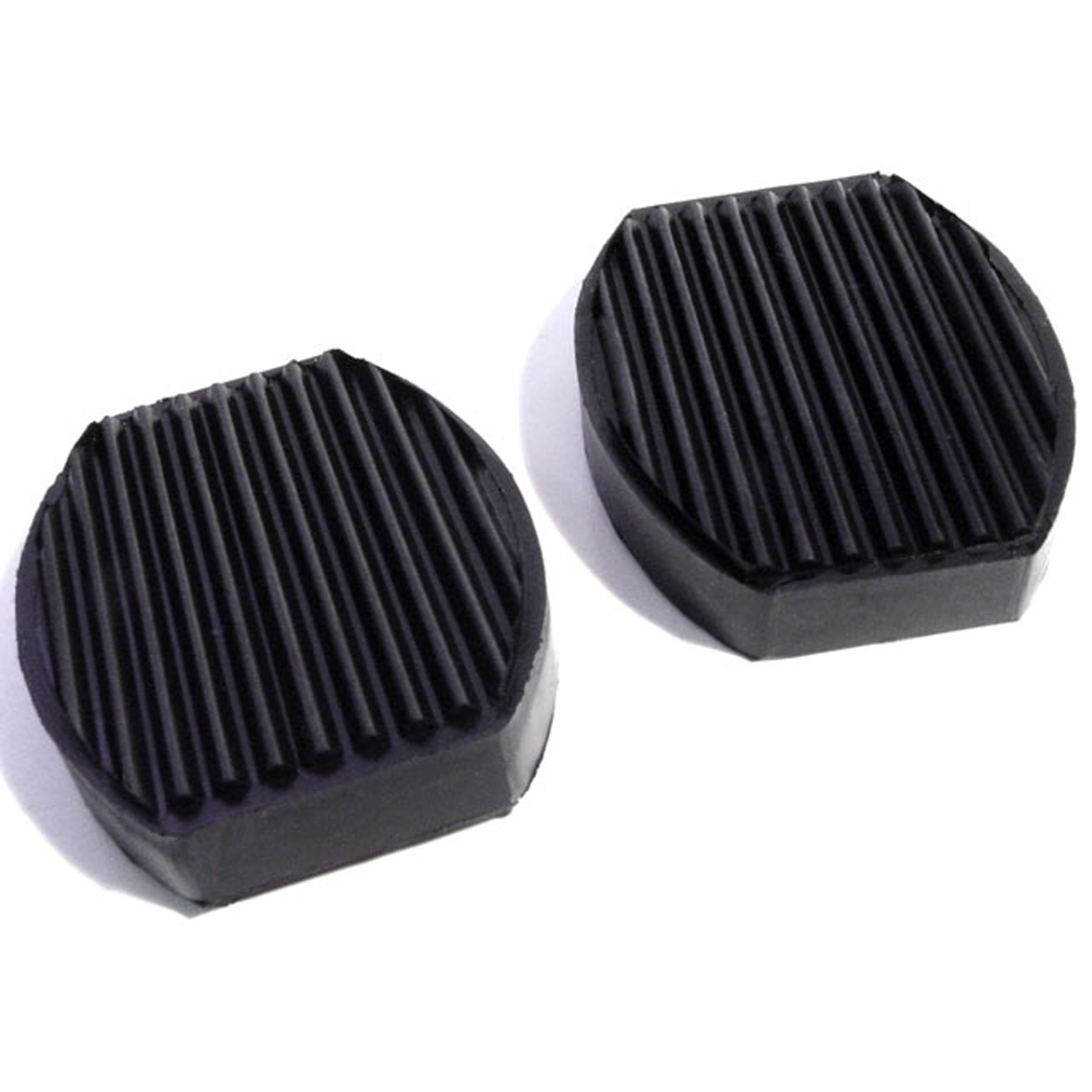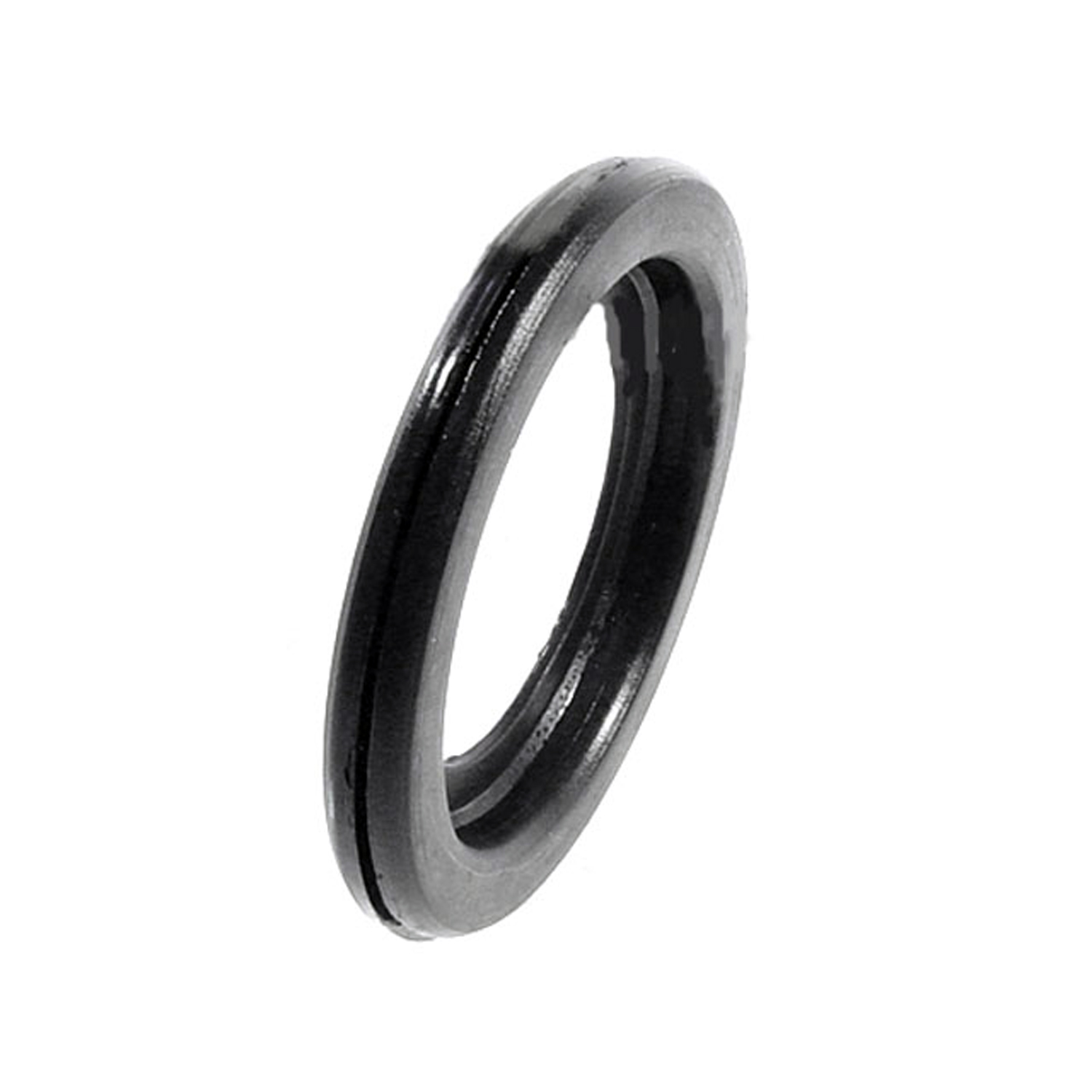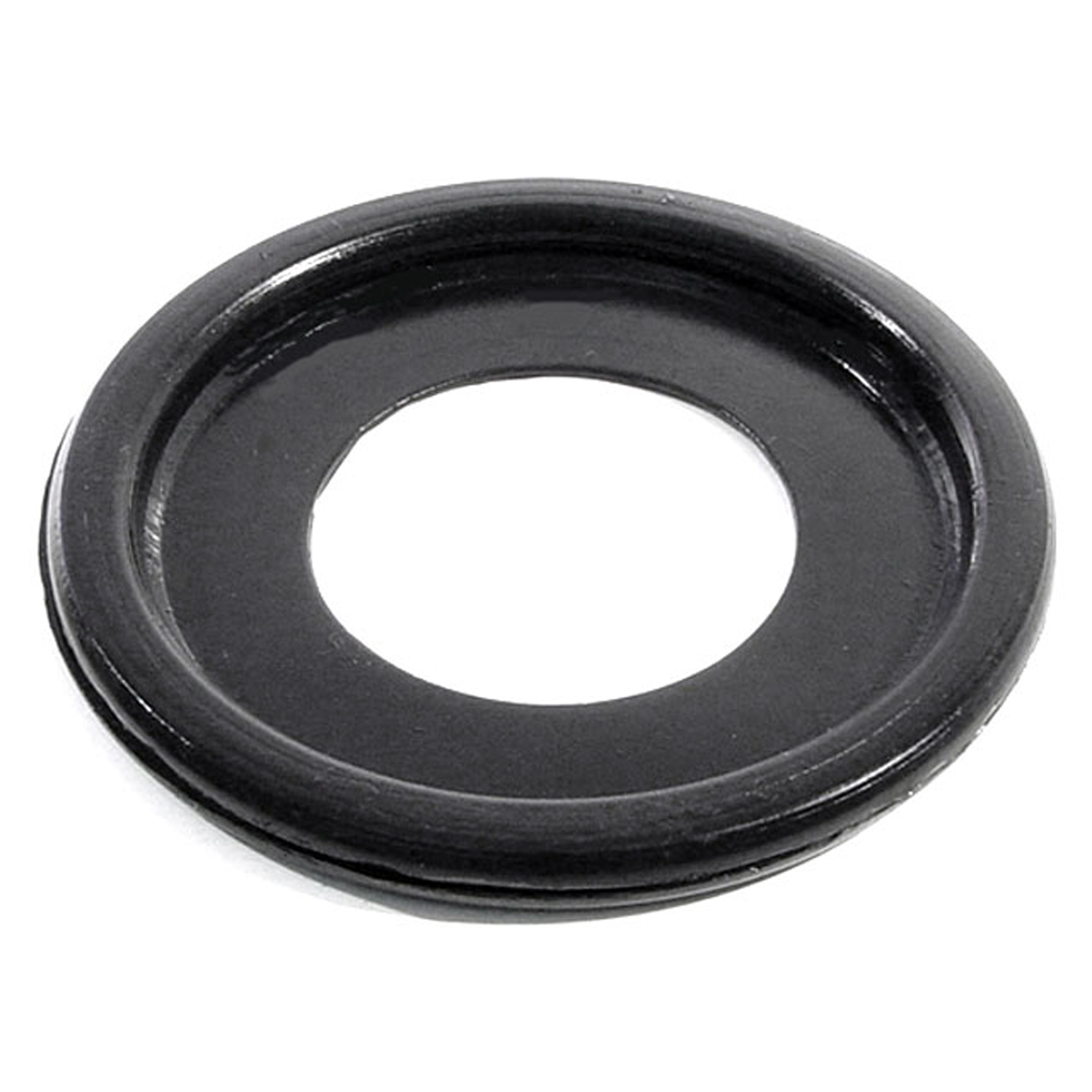Image of 1952 Crosley Hot Shot, Note: These illustrations use artistic license and may differ from actual historical models.
Performance Metrics
Fundamental Metrics
Emotional Appeal
MMP Rating
| Engine Specifications | |
|---|---|
| Engine: | 44 cubic inch 4-cylinder |
| Displacement: | 44 cubic inches (approximately 0.7 liters) |
| Horsepower: | 26.5 horsepower |
| Torque: | 32 lb-ft |
| Compression Ratio: | 7.5:1 |
| Ignition System: | Battery Ignition |
| Cooling System: | Water-cooled |
| Performance Specifications | |
| 0-60 Time: | 19.3 seconds |
| 1/4 Mile Time: | 23.5 seconds |
| Top Speed: | 75 mph |
| Transmission and Drive | |
| Drive Type: | Rear-wheel drive |
| Transmission Type: | 3-speed manual |
| Fuel and Efficiency | |
| Fuel System Type: | Carburetor |
| MPG: | 35 mpg |
| Dimensions and Brakes | |
| Brakes: | Hydraulic drum brakes |
| Wheelbase: | 85 inches |
| Weight: | 1,175 lbs |
Note: Specifications for classic cars are given to the best of our ability, considering the limited and variant data available.
Unveiling the 1952 Crosley Hot Shot: An Underdog with a Punch
The 1952 Crosley Hot Shot isn't just a car; it's a testament to innovation and the audacious spirit of post-war America. Born from the ambitious mind of Powel Crosley Jr., an industrialist who made his fortune in radios and home appliances, this vehicle emerged from an era when America was eager to redefine its identity. The Crosley Hot Shot, introduced in 1949 and produced until 1952, was the brainchild of Crosley Motors Incorporated, headquartered in Cincinnati, Ohio. It was a car that punched above its weight class, capturing the imagination of a nation with its plucky performance and unique design. A notable moment for this pint-sized trailblazer was when it won the first race at Sebring in 1950, etching its name into motorsport history.
Design and Innovation: The Hot Shot's Bold Statement
The exterior of the 1952 Crosley Hot Shot was a blend of simplicity and functionality, with a dash of sportiness that belied its compact dimensions. Its rounded fenders, open-top design, and diminutive stature gave it an almost toy-like appearance that charmed onlookers. Inside, the Hot Shot was spartan but purposeful, with minimalistic gauges and controls that spoke to its no-frills racing aspirations. The materials were modest but durable, reflecting the post-war economy's emphasis on value. Technologically, the Hot Shot boasted innovations like four-wheel disc brakes—a rarity at the time—providing exceptional stopping power for such a lightweight vehicle. Color options were varied for the era, with bold hues like bright reds and blues being popular choices among enthusiasts. The most iconic body style was undoubtedly the roadster—a two-seater convertible that exuded fun and freedom. This model encapsulated the essence of what made the Hot Shot so appealing: it was affordable, cheerful, and unexpectedly capable.
Historical Significance: The Legacy of Crosley's Vision
The 1952 Crosley Hot Shot wasn't just another car on the road; it represented a bold step forward in making sports cars accessible to the average American. Its impact on automotive design can be seen in how it democratized features like overhead cam engines and disc brakes—elements typically reserved for high-end vehicles at the time. What truly set this car apart from its contemporaries was its ability to compete in motorsports events successfully. Despite its humble origins, the Hot Shot held its own against more prestigious brands, proving that ingenuity could triumph over sheer horsepower.
Performance and Handling: The Joy of Driving Simplified
Underneath its unassuming hood lay an engine capable of propelling the Hot Shot to around 50-60 mph—a respectable figure given its size and era. Acceleration from 0-60 mph wasn't going to break any records but provided enough zip to make driving a thrill. Handling was where the Hot Shot truly shined. Its lightweight construction allowed it to navigate through turns with ease, providing drivers with a tactile connection to the road that modern cars often lack. The ride was firm yet engaging, transmitting every nuance of the tarmac below through its thin steering wheel directly into the driver's hands.
Ownership Experience: More Than Just a Collector's Item
The 1952 Crosley Hot Shot found use in various roles—from daily driving to weekend racing—and owners cherished it for its versatility. Maintenance was relatively straightforward due to its simple mechanical design, making it an ideal project car for enthusiasts. As for reliability, these vehicles were known for their robustness despite their economy-car roots. However, due to their age and rarity today, finding parts can be challenging.
Fun Facts: The Hot Shot's Place in History
A few intriguing tidbits about this car include rare editions like the 'Super Sports' version featuring doors—a luxury compared to the standard Hot Shot! While celebrity ownerships are not widely documented for this model, its racing pedigree at Sebring adds a touch of glamour. Critics often pointed out its lack of power compared to other sports cars of the time; however, what it lacked in speed, it made up for in character and affordability.
Collector's Information: A Gem Amongst Giants
Today, estimating how many Crosley Hot Shots remain is challenging; however, production numbers were relatively low due to Crosley Motors' short lifespan as an automaker. As such, these cars are quite rare. In terms of value range, well-preserved examples can fetch anywhere from $10,000 to $25,000 or more depending on their condition and originality. The market has shown appreciation for these quirky classics over time as collectors seek out unique pieces of automotive history.
Conclusion: Celebrating an Unsung Hero
The 1952 Crosley Hot Shot may not have been born from a prestigious marque or boasted earth-shattering performance figures. Still, it carved out a niche that reminds us why we love cars—it's not always about speed or luxury; sometimes it's about heart and heritage. This little roadster encapsulated post-war optimism and ingenuity in a package that continues to delight collectors and enthusiasts alike.
1952 Crosley Hot Shot Catalog of Parts
 1952 Crosley Hot Shot Clutch and Brake Pedal Pads. 2-5/16" wide X 2-3/4" long-CB 104Clutch and Brake Pedal Pads. 2-5/16" wide X 2-3/4" long. Pair
1952 Crosley Hot Shot Clutch and Brake Pedal Pads. 2-5/16" wide X 2-3/4" long-CB 104Clutch and Brake Pedal Pads. 2-5/16" wide X 2-3/4" long. Pair 1952 Crosley Hot Shot Gas Filler Grommet. Two used per car. 1-3/8" I.D-GF 33Gas Filler Grommet. Two used per car. 1-3/8" I.D., 2-3/8" O.D. Each
1952 Crosley Hot Shot Gas Filler Grommet. Two used per car. 1-3/8" I.D-GF 33Gas Filler Grommet. Two used per car. 1-3/8" I.D., 2-3/8" O.D. Each 1952 Crosley Hot Shot Gas Filler Grommet. 1-1/4" I.D., 2-11/16" O.D. Each-GF 34Gas Filler Grommet. 1-1/4" I.D., 2-11/16" O.D. Each
1952 Crosley Hot Shot Gas Filler Grommet. 1-1/4" I.D., 2-11/16" O.D. Each-GF 34Gas Filler Grommet. 1-1/4" I.D., 2-11/16" O.D. EachWhy Choose Metro?
For over 100 years, Metro Moulded Parts has been the pinnacle of quality in classic car restoration parts. Our commitment to precision and authenticity in every component ensures a perfect fit and an OEM-level appearance.
- Expert Craftsmanship & Quality: Each part is a testament to our dedication to reliability and perfection, crafted from original designs and thoroughly tested.
- Advanced Technology: We use cutting-edge techniques to create flawless, long-lasting parts that surpass others in performance.
- SuperSoft Sponge – The Ultimate Door Seal: Not only are our door seals 30% softer than competitors', but they're also guaranteed to never leak. They effectively reduce wind and road noise, enhancing your classic car's comfort and driving experience.
- Proudly American: Our parts are a product of American craftsmanship, made in the USA with a spirit of excellence and heritage.
- Unrivaled Warranty: We back our products with a 30-year industry-leading warranty, a testament to our confidence in their quality.
Join us in preserving the legacy of classic cars with parts that are crafted for perfection, not just made.

